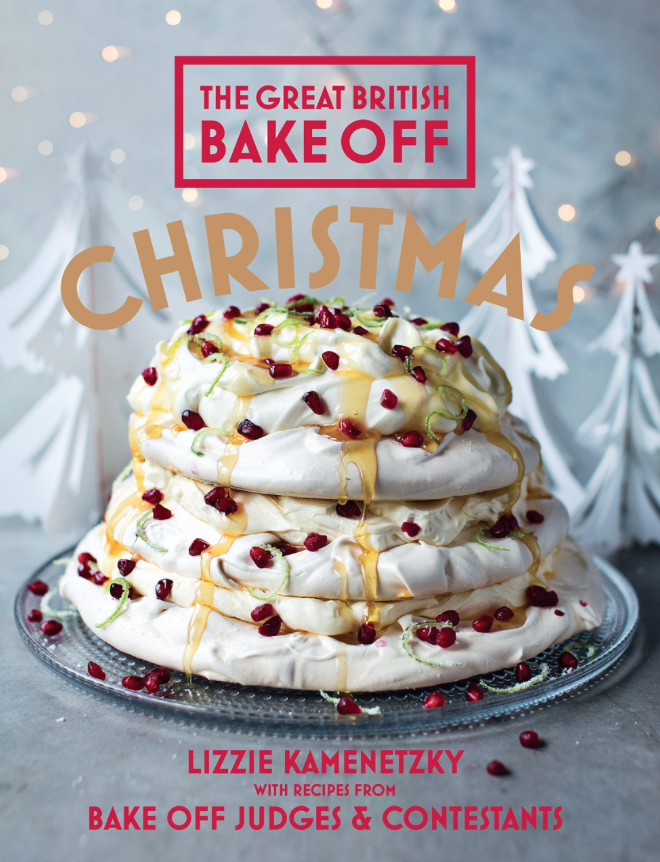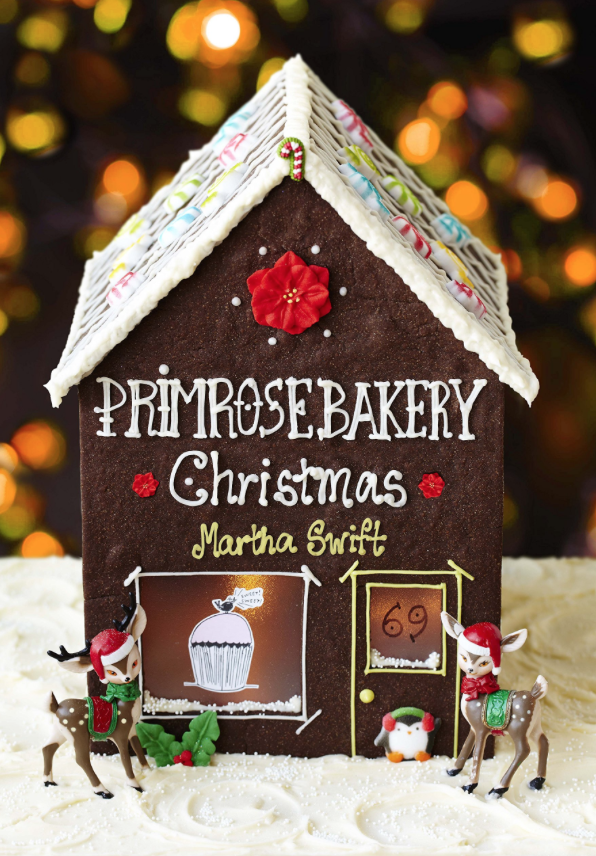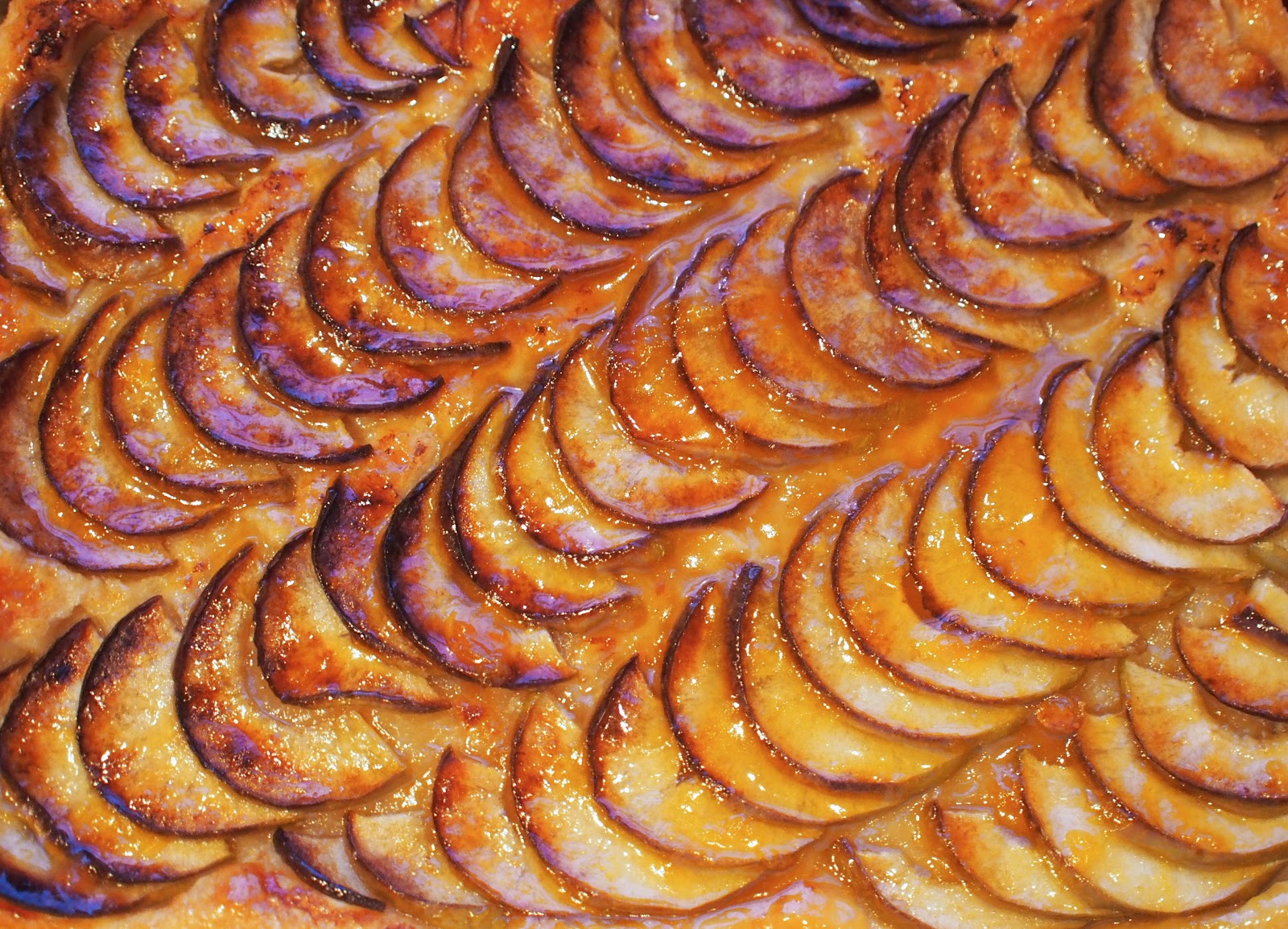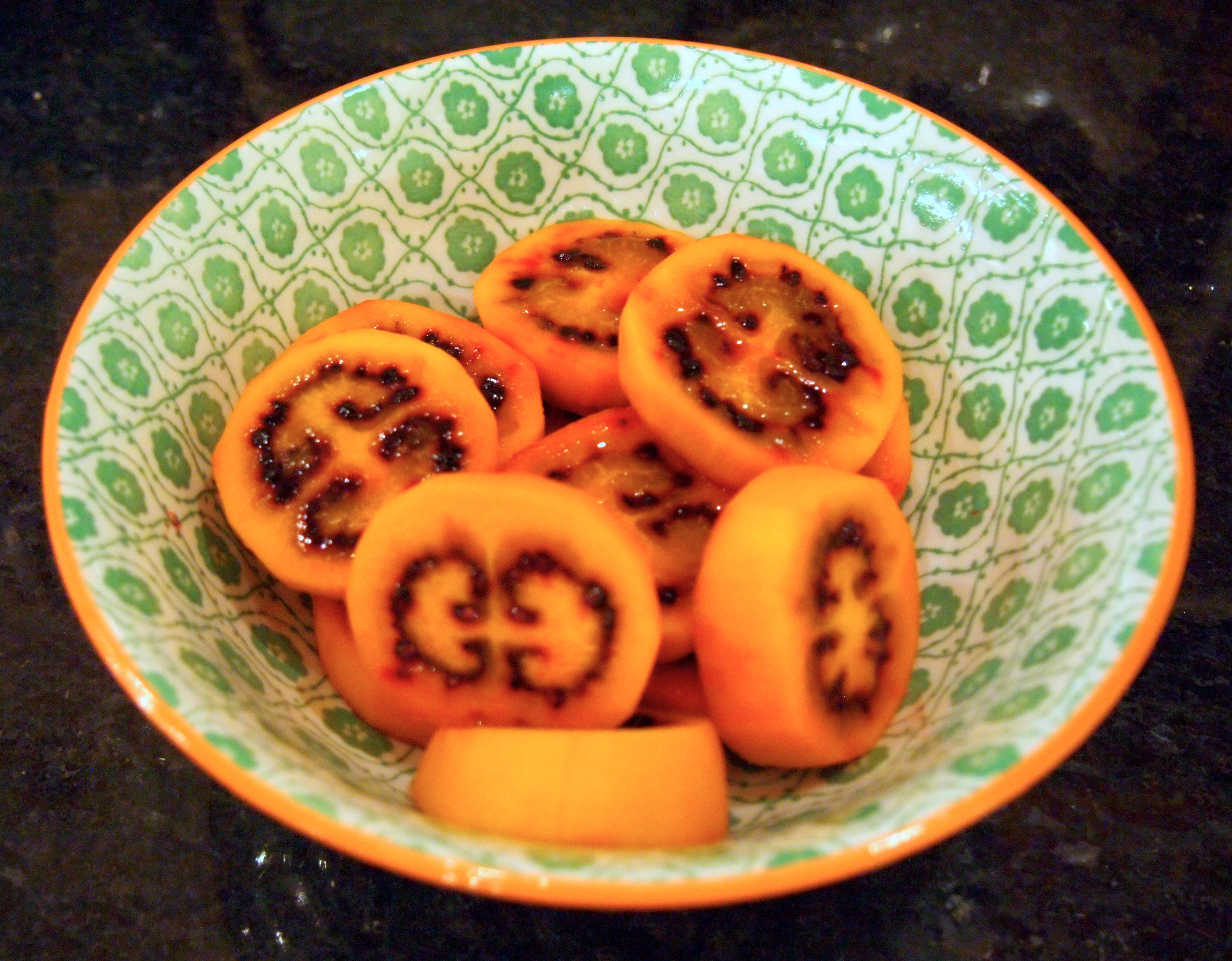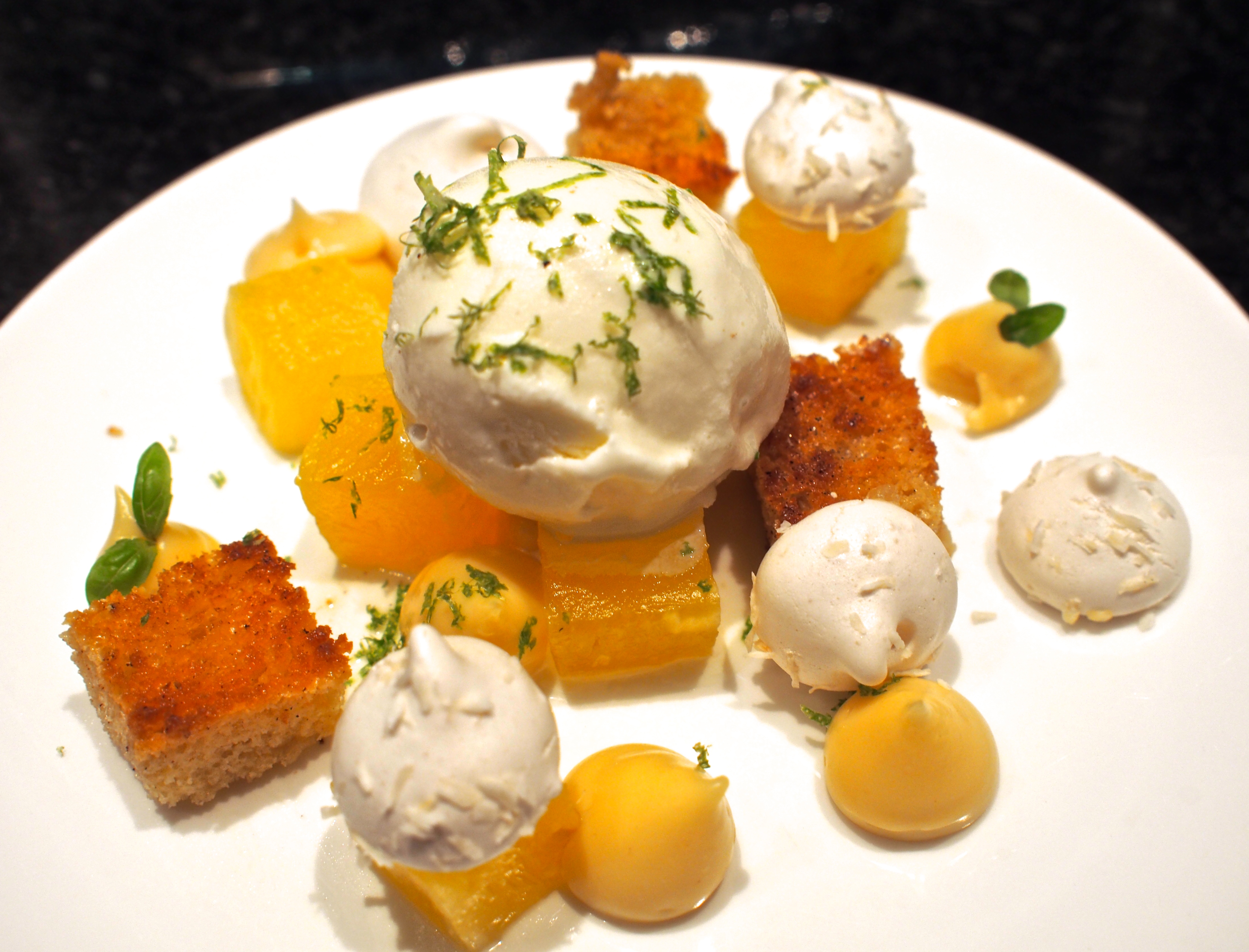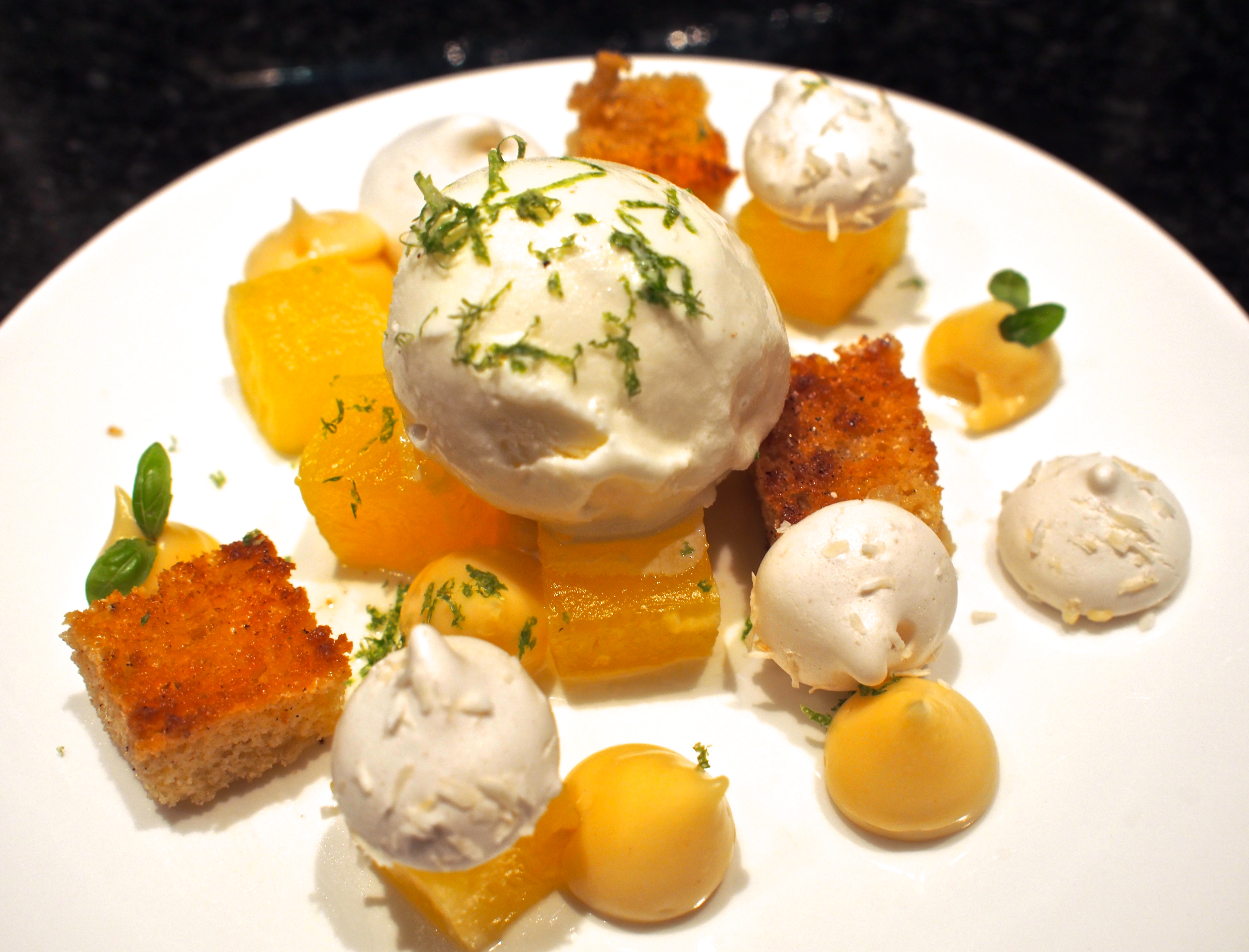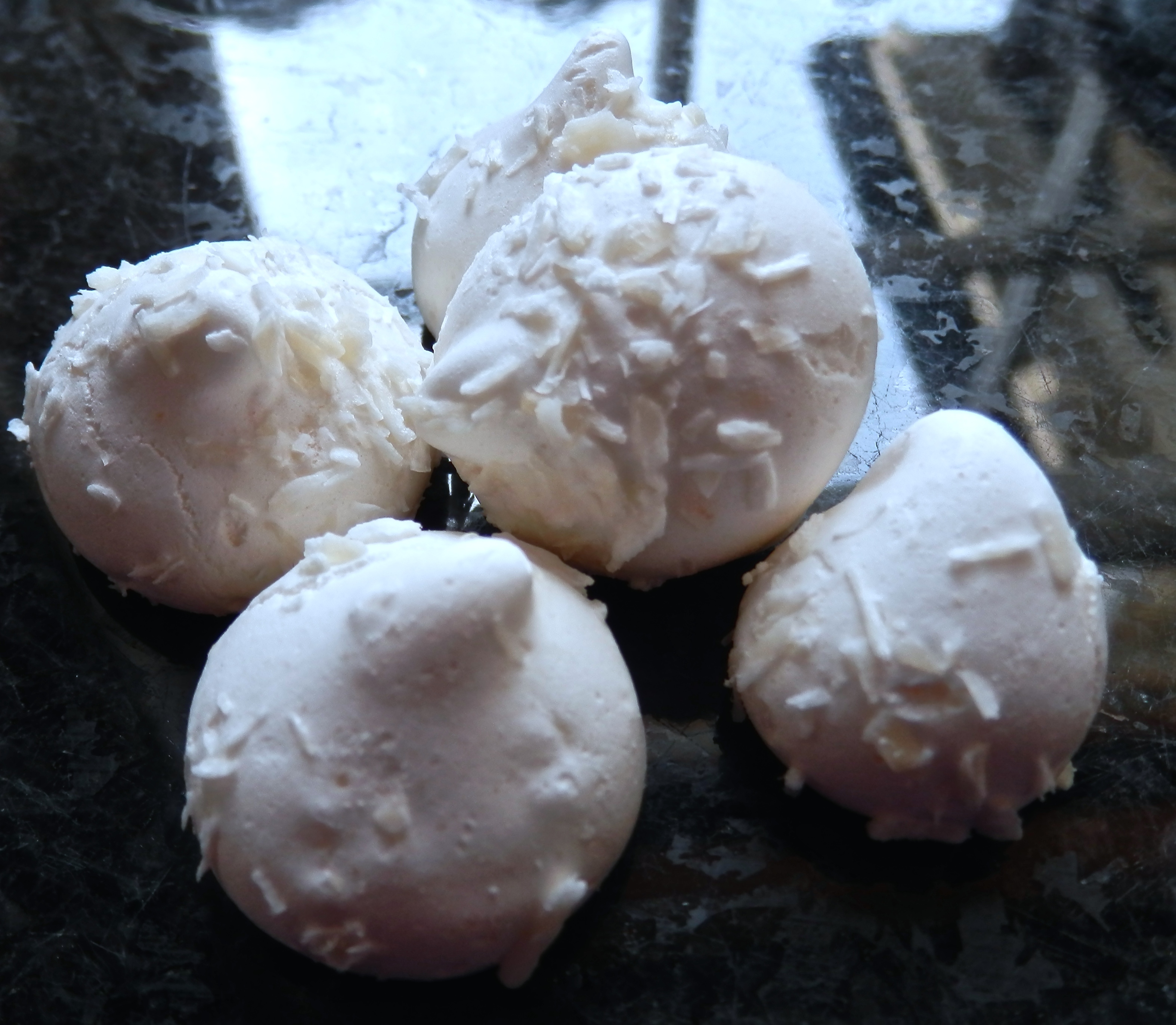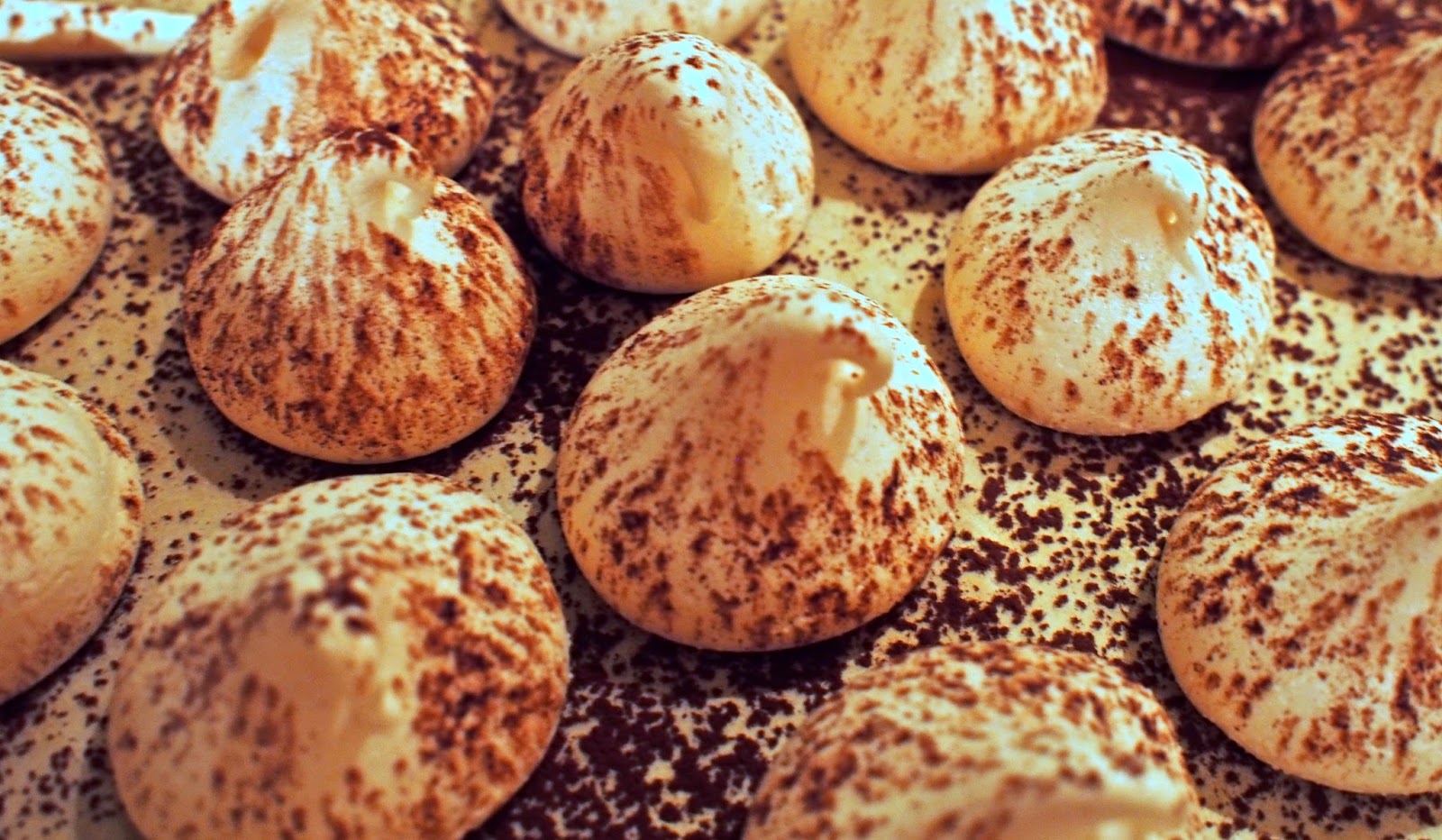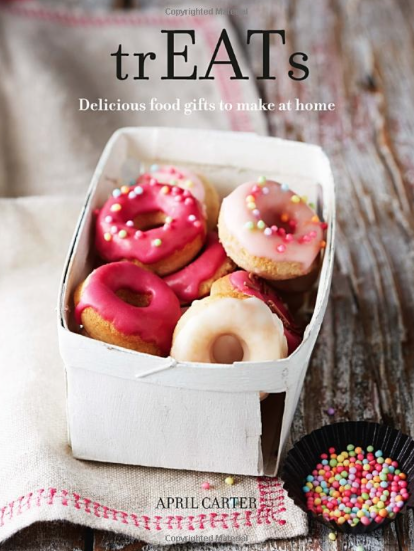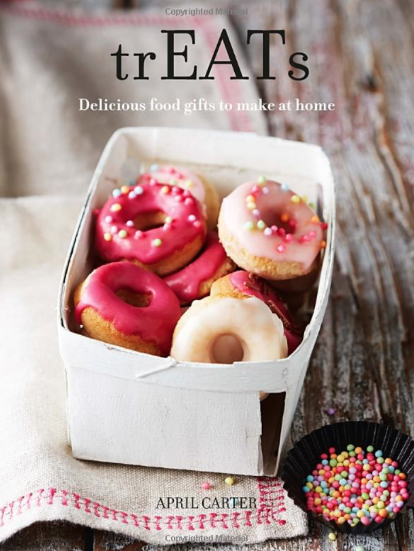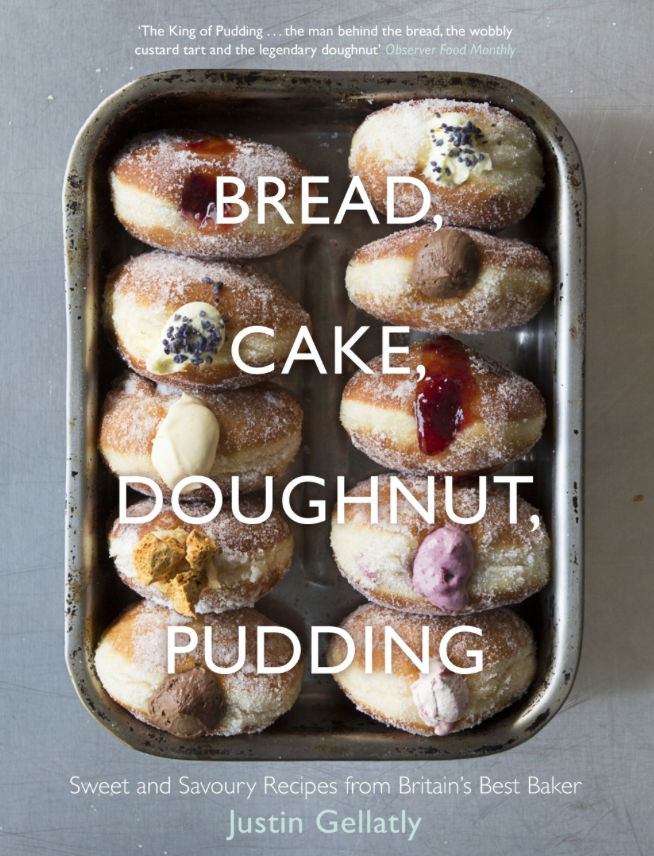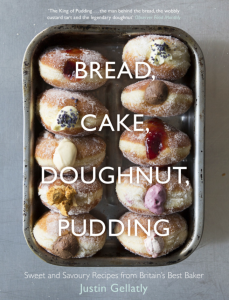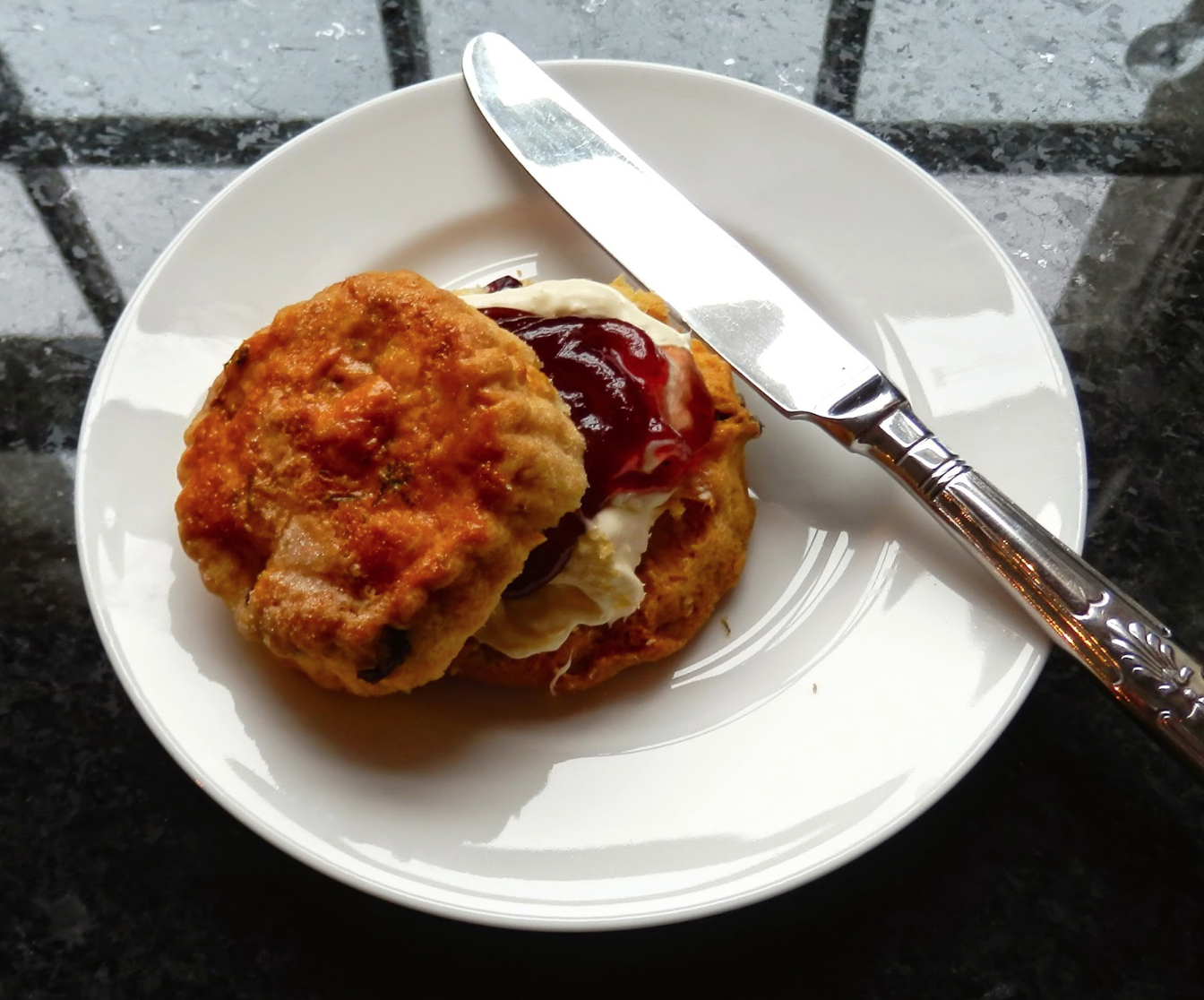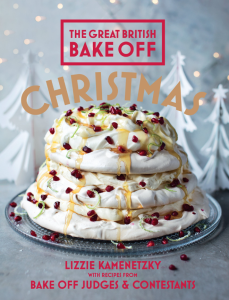 Don’t let the front cover mislead you, this book contains as many savoury baking recipes as sweet… As well as Lizzie, Mary and Paul, there are recipes from the following GBBO contestants:
Don’t let the front cover mislead you, this book contains as many savoury baking recipes as sweet… As well as Lizzie, Mary and Paul, there are recipes from the following GBBO contestants:
Robert Billington (2011) Cathryn Dresser (2012) Miranda Gore Browne (2010) Beca Lyn-Pirkis (2013)
James Morton (2012) Kimberley Wilson (2013) Ed Kimber (2010) John Whaite (2012)
Holly Bell (2011) Ruth Clemens (2010) Frances Quinn (2013) Jo Wheatley (2011)
Recipe Index:
The Countdown Begins: Advent calendar biscuits; cinnamon and raspberry whirl wreath; gingerbread nativity; Mary’s classic christmas cake; panforte; beetroot, watercress and goats’ cheese tart; mustardy mac’n;cheese; creamy pork, apple and leek open pie; Rob’s garlic mushroom rolls; hot-smoked salmon and dill rice filo parcels; parma ham, ricotta and mushroom pizzas; Cathryn’s snowy white coconut tray bake; Miranda’s cranberry and pistachio chocolate cake; Mary’s white chocolate and ginger cheesecake; Paul’s mince pies
Gifts and Decorations: Florentines; lebkuchen stars; stained glass tea biscuits; Mary’s gingerbread house; seedy flatbreads for cheese; homemade pretzels; Beca’s stilton and fig sablés; almod and chocolate biscotti; mini walnut and fruit loaves; James’ miniature pandori; Paul’s Saint Lucia buns; Kimberley’s babà al limoncello; chocolate and vanilla button biscuits; Paul’s panettone
Come on Over: best-ever shepherd’s pie; deep cheese and bacon tart with wholemeal pastry; beef an beer pie; chicken, sage and chestnut gratin; salmon Wellington; rich pumpkin, chilli, chard and feta parcels; caramelised onion and stilton tart; Paul’s stollen; Jamaican gingerbread loaf; Mary’s Genoa cake; frangipane mince pies; Paul’s mincemeat and marzipan couronne; mini-spiced apple doughnuts; Christmas fruit bread; Mary’s mincemeat streusel; apple and pear crumble slices; Edd’s spiced chocolate bundt cake
Christmas Eve and Christmas Day: Christmas Eve venison pie; John’s peanut butter, popcorn and chocolate fudge torte; Rudolph’s carrot cake; brioche snowman; smoked salmon soufflé omelette; potato blinis with smoked salmon; baked christmas ham; ultimate potato gratin; watercress and Gruyère soufflés; beef Wellington; Mary’s Christmas pudding; Mary’s yule log; salted caramel and chocolate cream profiteroles; Mary’s Tunis cake; Paul’s Kransekake
The Days in Between: creamy Turkey and tarragon cobbler; Paul’s hand-raised Boding Day pie; turkey chilequiles; ham and stilton pot pies; ham and parsley sauce pie with bubble and squeak mash; Paul’s turkey, stuffing and cranberry Chelsea buns; ham and chestnut pasta bake; turkey and ham pie; smoked salmon, fennel and horseradish tart with caraway pastry; apple and safe stuffing sausage rolls with crackling pastry; blue cheese, pear and walnut tart with watercress pesto; Holly’s ham and chutney leftover turnovers; St Stephen’s day muffins; Sussex pond pudding; sticky toffee pudding; panettone bread and butter pudding ; Linzertote; Mary’s galette; sticky clementine and star anise drizzle load; Ruth’s Christmas Bakewell tar
New Year’s Eve: mushroom, spinach and feta parcels; stilton and bacon muffins; Parma ham and Gruyère palters; really cheesy gougères, haggis Scotch eggs; red onion, pancetta and sage puff tart tartiflette; pumpkin and coconut tarlets; indulgent fish pie; chocolate, coffee and rum torte; Paul’s black bun; passion fruit and pomegranate pavlova layer cake; eggnog custard tart; Frangelico and roasted hazelnut baked cheesecake; macarons; trifle with homemade Madeira cake; almond, hazelnut and white chocolate layer cake; Frances’ sugar and spice stellar cupcakes; Jo’s chocolate fruit and nut bubble wrap cake
It’s not my favourite book in the series, but there’s enough interesting things here for it to survive in my library.
